Solar Off-Grid Lithium Battery Banks
Blackouts are lasting longer and occurring more frequently. Many homeowners are turning to solar with lithium battery banks for true energy independence. Here's what I've learned from installing dozens of these systems.
Lithium iron phosphate (LiFePO4) batteries are the best choice for off-grid solar because they last 3-5 times longer than lead-acid (2000-5000 cycles), tolerate deep discharges (80-100% DoD), and require no maintenance - despite costing 2-3 times more upfront.
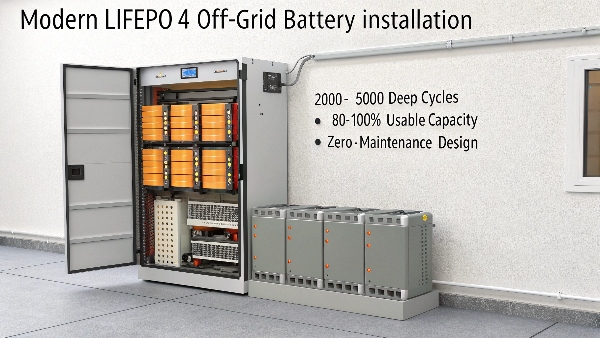
What is the best battery for off-grid solar power?
Choosing the wrong battery type can turn an off-grid dream into a maintenance nightmare. After testing multiple technologies, lithium stands out for reliable performance.
LiFePO4 batteries outperform others because: 1) 95% round-trip efficiency (vs 80% for lead-acid), 2) 10+ year lifespan with daily cycling, 3) Zero maintenance requirements, and 4) Compact size (1/3 weight of comparable lead-acid).
Off-Grid Battery Comparison:
| Type | Cycle Life | DoD | Efficiency | Maintenance | Best For |
|---|---|---|---|---|---|
| LiFePO4 | 2000-5000 | 80-100% | 95% | None | Primary off-grid use |
| Lead-Acid | 500-1200 | 50% | 80% | Monthly | Budget backup |
| AGM | 300-600 | 50% | 85% | Quarterly | Temp. systems |
| Gel | 500-800 | 50% | 85% | Annual | Hot climates |
| Saltwater | 3000+ | 100% | 85% | None | Eco-projects |
Off-Grid Case Study:
A Montana cabin used lead-acid batteries initially. They replaced them every 2-3 years. After switching to LiFePO4 in 2018, the same battery bank still maintains 85% capacity with zero maintenance.
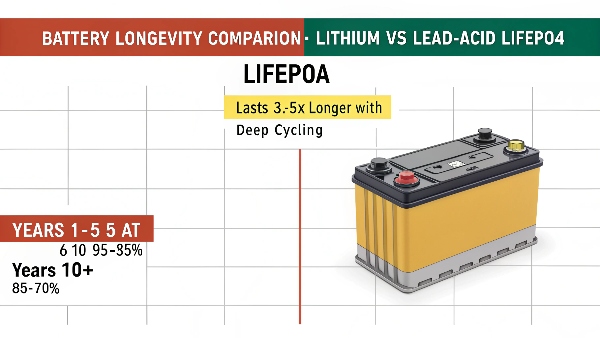
What is the biggest disadvantage of a lithium-ion battery?
While lithium dominates off-grid installations, there are real limitations buyers should understand before investing.
The three main drawbacks are: 1) High initial cost (typically $5000-$15000 for home systems), 2) Special charging requirements below freezing, and 3) Complex recycling compared to lead-acid.
Lithium Battery Limitations:
| Challenge | Solution | Added Cost |
|---|---|---|
| Upfront price | Long-term savings | Higher initial investment |
| Cold weather | Heated battery boxes | $200-$500 |
| Recycling | Manufacturer programs | Possible fees |
| Compatibility | New solar charge controller | $300-$800 |
| Size options | Modular expansion | None |
Temperature Warning:
LiFePO4 batteries shouldn't charge below 32°F (0°C). An Alaska client learned this when his unheated battery bank failed in winter. We added insulation and small heaters - problem solved.
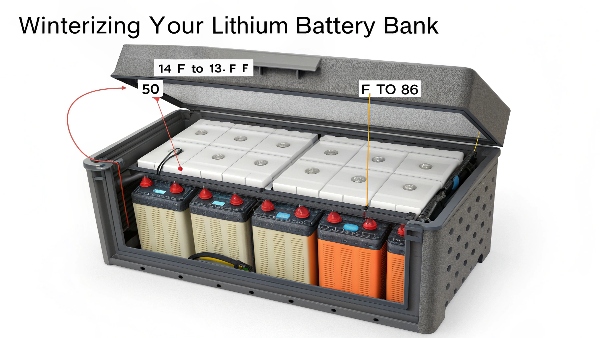
How big battery do I need for an off-grid solar system?
Undersized batteries leave you in the dark; oversized systems waste money. The sweet spot depends on your actual usage patterns.
Calculate battery size with: (Daily kWh use × Days of autonomy) ÷ (Battery voltage × Depth of discharge). Most off-grid homes need 15-30kWh for 3-5 day autonomy with efficiency losses accounted for.
Off-Grid Sizing Examples:
| Scenario | Daily Use | Days Needed | Battery Size | Notes |
|---|---|---|---|---|
| Cabin (basic) | 5kWh | 3 days | 15kWh | Weekend use |
| Full-time (frugal) | 10kWh | 5 days | 50kWh | Efficient appliances |
| Family home | 20kWh | 3 days | 60kWh | Typical usage |
| Luxury | 30kWh | 7 days | 210kWh | All-electric home |
Calculation Breakdown:
- Track all electrical loads (fridge: 1.5kWh/day)
- Account for inefficiencies (wiring, inverter: +15%)
- Adjust for sun variability (winter/wet season)
- Choose practical autonomy (2-7 days)
An Arizona off-grid home I worked on needed only 2 days' storage due to reliable sun. A Maine client required 7 days for winter storms - very different systems!
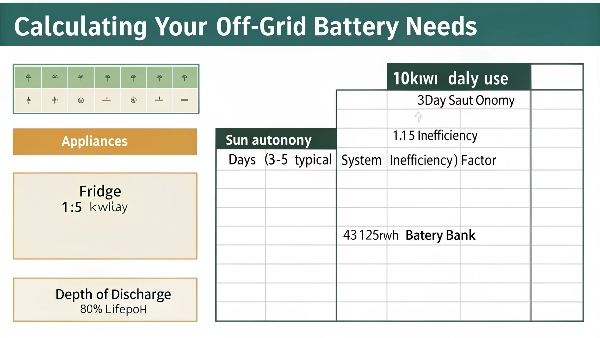
How big of a battery bank do I need to power a house?
Whole-house backup requires careful planning versus partial backup systems. Most families don't actually need to power everything during outages.
Average homes need: 10kWh for essentials (lights/fridge), 30kWh for comfortable living (add well pump/AC), 50-100kWh for whole-home luxury backup. Prioritize circuits before sizing.
Whole-Home Battery Planning:
| Priority Level | Circuits | Typical kWh | Notes |
|---|---|---|---|
| Critical | Fridge, lights, modem | 5-10kWh | Basic survival |
| Important | Well pump, freezer | +5-10kWh | Comfort add-ons |
| Optional | AC, electric heat | +20-50kWh | Climate dependent |
| Luxury | Hot tub, EV charging | +30kWh+ | Rarely needed |
Practical Approach:
- Install energy monitor for 1 month
- Identify must-have circuits
- Calculate actual usage (not ratings)
- Right-size rather than overbuild
A California client insisted on 100kWh for his mansion. After monitoring real usage, we built a 35kWh system that covers priorities plus one AC zone - saving $40,000.
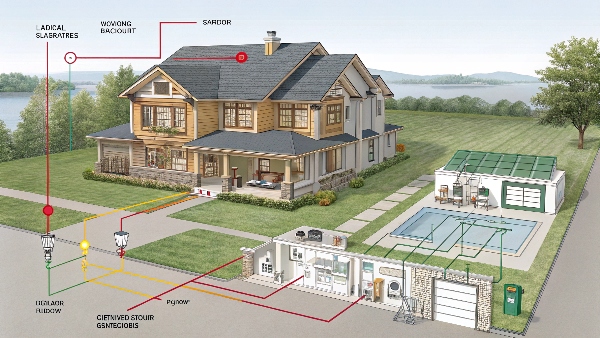
Conclusion
Lithium battery banks provide the most reliable off-grid power despite higher initial costs. Proper sizing based on actual needs ensures years of trouble-free renewable energy independence.

